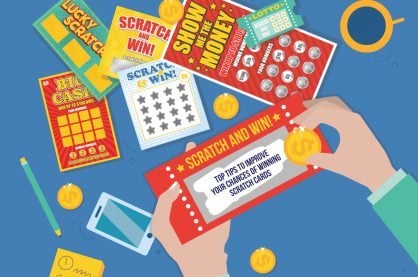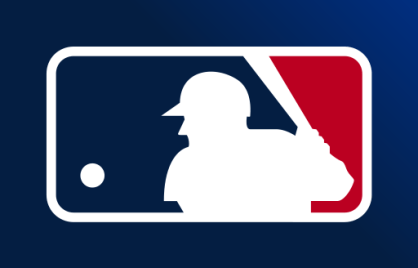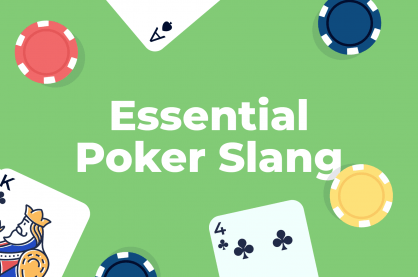Revealing the House’s Hand: The Exciting World of Double Exposure Blackjack
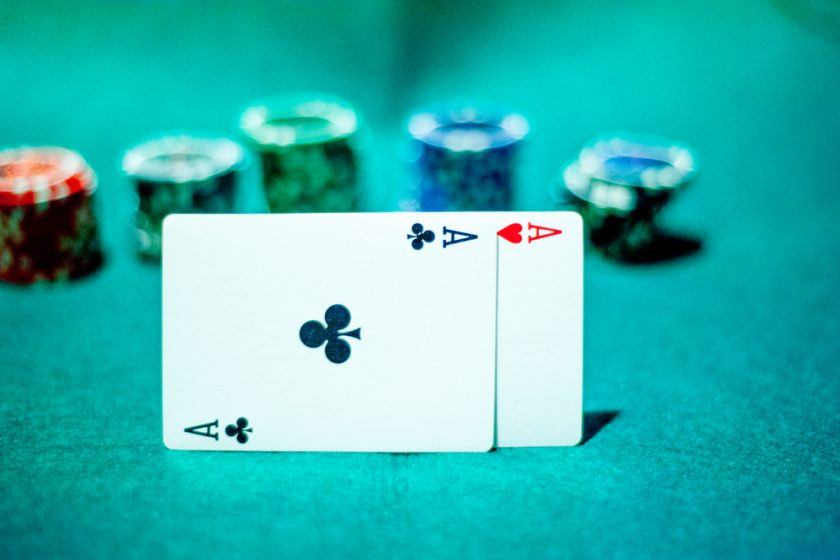
Double Exposure Blackjack: What You Need to Know
- Dealer’s Cards Exposed: The main feature of Double Exposure Blackjack is that both of the dealer’s cards are visible to players, hence the name.
- Dealer Wins Ties: To balance the distinct advantage given to the player with the visibility of dealer’s cards, the rules stipulate that all ties (except blackjack) are won by the dealer.
- Blackjack Payoff: In Double Exposure Blackjack, a player Blackjack pays even money (1:1) rather than the traditional 3:2. This affects the potential payoff for players.
- No Insurance or Surrender Allowed: There’s no option of insurance or surrender in Double Exposure Blackjack. Again, these rules shifts the edge back to the casino despite the dealer’s exposed cards.
- Strategy Changes: Because you can see both dealer’s cards in Double Exposure Blackjack, optimal strategy differs from standard blackjack. It’s advisable for players to study and practice the Double Exposure-specific game plan before playing.
What is Face-Up 21 or Double Exposure Blackjack?
Both are variations of Traditional Casino Blackjack, and the two names refer to the same game. In this game, both the dealer’s first two cards are dealt face up, meaning that they are both exposed to be seen by all the players at the table.
This is different from Traditional Casino Blackjack, where only one of the dealer’s first two cards is dealt face up – and that is what is called the dealer’s up card.
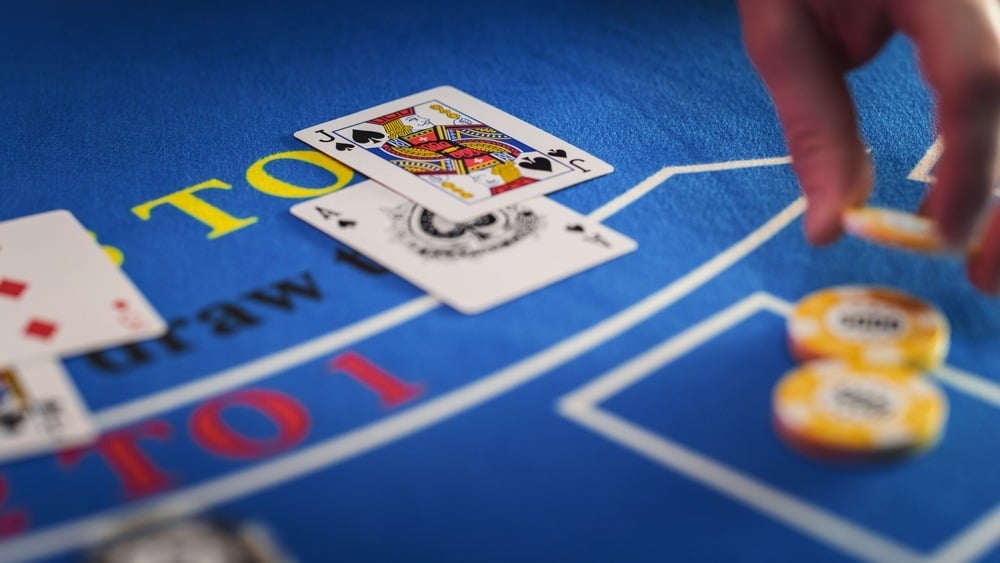
Image credit: Kitreel/Shutterstock
What is the Difference between Double Exposure Blackjack and Traditional Casino Blackjack?
In Traditional Casino Blackjack, the house edge – with perfect basic strategy – is about 0.54%. In Double Exposure, the house edge is about 0.67%. So – slightly higher.
But – there are other significant differences! These are:
Ties Lose
In Double Exposure, all ties lose. In Traditional Blackjack, ties are a “Push,” and therefore do not automatically lose. But they do in Double Exposure Blackjack. So – this adds another 0.22% to the house edge.
Blackjack – Natural 21 – Pays Even Money, or 1:1
In Traditional Blackjack, a natural 21 has a payout of 3:2 on most games. On some of the games in today’s casinos, this will pay 6:5, which is not good for you, the player. But in Double Exposure, this is even worse, because here the pay is only 1:1 – even money. In fact, in Double Exposure all pays are only 1:1 – even money.
Your Blackjack vs. the Dealer’s Blackjack
If you have a Natural 21 – Blackjack – in Traditional Casino Blackjack and the blackjack dealer also has a Blackjack at the same time – then you will “Push,” meaning you will not lose. But in Double Exposure Blackjack, all ties lose, so this also applies to your Blackjack, if you and the dealer happen to have on at the same time.
Limited Double-Down
In some Double Exposure Blackjack games, the player can only double down on 9, 10, and 11. In blackjack, a double down, not to be confused with Double Down, 2024’s largest social casino, is a betting option that allows a player to double their original bet after receiving their initial two cards.
In exchange for this, the player must agree to stand after receiving exactly one more card. The hope is that this additional card will take the hand total to 21 or close enough without busting, leading to a win that is twice the amount of the original bet.
It’s a risk-reward strategy based on the player’s confidence in their current hand and prediction of what card might come next. A common blackjack strategy is to double down when your initial hand totals 11, 10, or sometimes 9, given the higher probability of reaching a strong hand without busting.
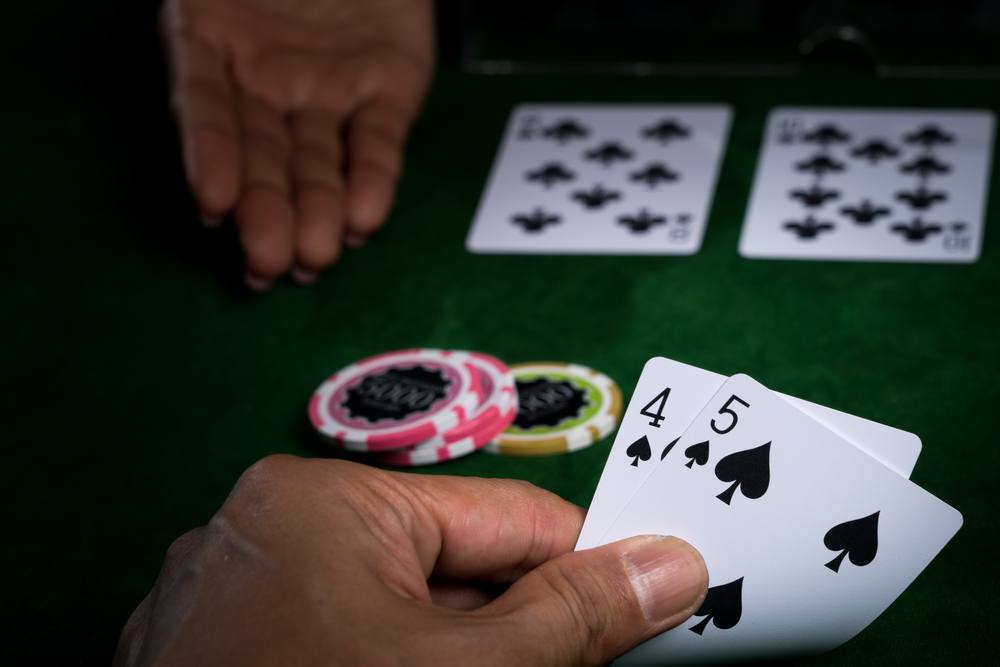
Image credit: pixs4u/Shutterstock
No Surrender
In Double Exposure Blackjack, there is no Surrender option, either early, or late. None!
In Blackjack, Surrender is an option that allows a player to forfeit their hand and lose half of their bet instead of the full amount. This move is typically used when a player believes their hand is likely to lose against the dealer’s hand based on the visible card(s) of the dealer.
There are two forms of surrender: Early Surrender and Late Surrender.
- Early Surrender: This allows players to surrender their hand before the dealer checks for blackjack. It is beneficial for the player, but not many casinos offer this option.
- Late Surrender: This type is more common and allows players to surrender their hand after the dealer checks for blackjack. If the dealer has a blackjack, the surrender is not granted, and the whole bet amount is lost unless the player also has a blackjack which would result in a push.
Deciding when to surrender depends on the player’s hand, the dealer’s upcard, and the particular strategy the player is following.
Split Aces only Once – Draw One Card Only
In double exposure, players can only split aces once, and then draw only one more card. Players also cannot get a natural 21 – Blackjack – after splitting. This only counts as 21, and can lose if tied with the dealer.
Advantages of Double Exposure Blackjack
The advantage to the player is, of course, that you get to see both of the dealer’s cards. However, because of the limitations imposed by the other rules, and the reduced, or eliminated, pays, actions, opportunities, or skills, this variation on traditional Blackjack is not a good bet!
Disadvantages of Double Exposure Blackjack
You will be far better off playing standard and traditional casino Blackjack, and learn how to play blackjack, and look for the better games with the better set of playing rules, and player-favoring options.
This will be much better for you overall, in terms of both enjoyment and profit. If you do this at least reasonably well, you will have a much better time, and you will lose less than you would at double exposure blackjack.
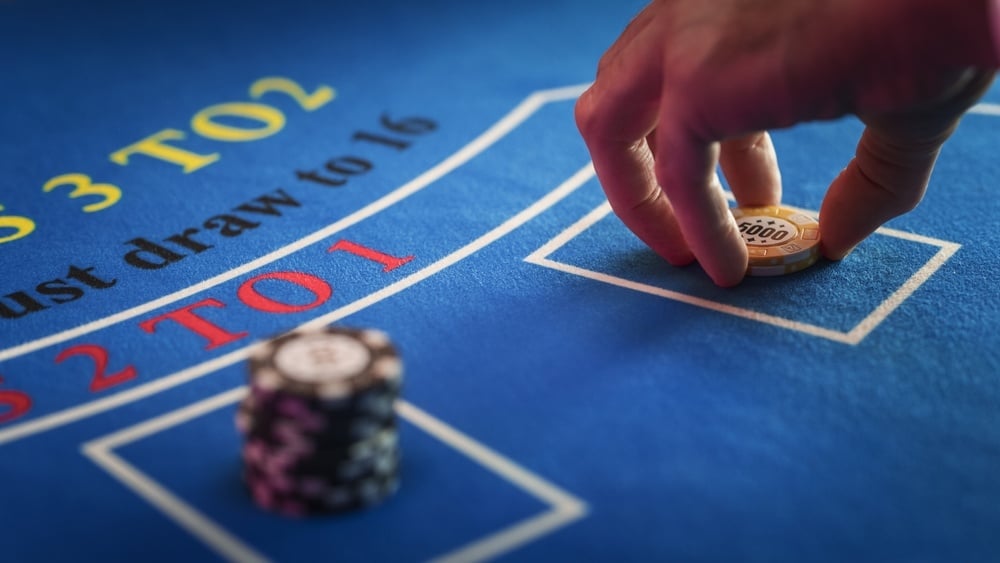
Image credit: Kitreel/Shutterstock
Basic Strategy for Double Exposure Blackjack
In presenting this basic strategy for Double Exposure, it is first important to note that – as with most derivatives of Traditional Casino Blackjack – this variant is considered as a “gimmick,” and, therefore, not as a serious casino game.
Because of this, there are a huge variety of differences in the way that this game is played, and dealt, among different casinos, and especially online casinos. So much so that a game-specific basic strategy – such as that which is available for Traditional Blackjack – is all but impossible to create.
However – this much said – there are some universally-applicable strategy decisions for Double Exposure Blackjack which can be applied and mentioned here.
However, it should be noted that these are not, and cannot be, the final answer to all of the various playing options and pays and pay tables and rules which often are applied to double exposure blackjack by the different casinos which offer the game.
So, with that in mind, here are some basic strategy suggestions for double exposure blackjack:
- Split Aces, except when the Dealer has 11, 17, 18, 19 or 20.
- Do NOT split 10-value cards! You have 20, so KEEP IT.
- STAND whenever the Dealer has 17, 18, 19 or 20.
- Double-Down whenever the Dealer has 14, 15, or 16, and YOU have 11, 10, or 9.
- HIT when the Dealer has 20. Always!
- HIT when you have 11 or LESS, unless other rules apply.
Practicing these strategies with free online blackjack is a great way to sharpen your skills.
Other Blackjack Rules
Remember that most other rules of Traditional Casino Blackjack will still also apply – although these may be somewhat different from casino-to-casino, depending on the other rules of Double Exposure Blackjack which are being played at that casino where you happen to be.
So – as part of your playing strategy for Double Exposure Blackjack – you should also already be well-versed in the rules and card values of Traditional Casino Blackjack, before you try this variant.
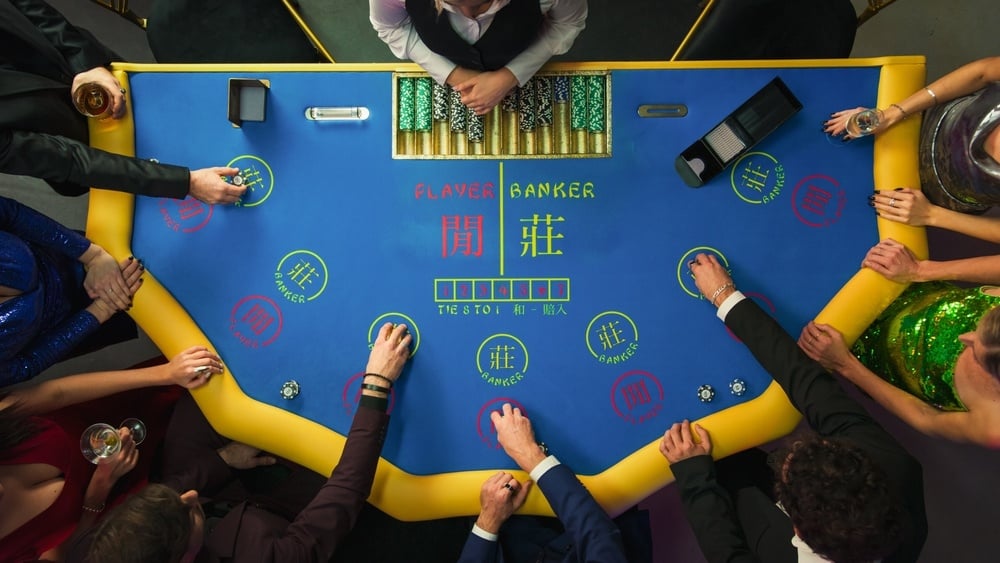
Image credit: Kitreel/Shutterstock
Avoiding Mistakes in Double Exposure Blackjack
The biggest blackjack mistakes that players make in Double Exposure Blackjack is to keep thinking of it in the same way as Traditional Blackjack, and approach the game the same way. Double Exposure Blackjack is not like Traditional Blackjack, and therefore you must not think of it that way, and certainly not try to play it the same way.
If you choose to play Double Exposure, then you are already playing a bad Blackjack game, and so if you try to play it the same way as Traditional Casino Blackjack, then you will only propagate that original error.
Where are the Better Double Exposure Blackjack Games?
Most of the better Double Exposure games will be in online casinos, and that is because in online casinos the operating costs of offering the game are much lower than in real-world live casinos, where there are the actual costs of the space, the table, the cards, the staff, the dealers, and so on.
All of which have to be covered by the House Edge in this game, and all the other games being offered at that casino. Since the top rated online casinos, like Hello Millions, do not have such a vast overhead in all of these situations – they can usually offer the game with the better odds and pays, and rules.
Therefore, the better Double Exposure Blackjack games will usually be found online.
And now you know!
So until next time – Best of Luck to all!
Title image credit: Clementetinin/Shutterstock
